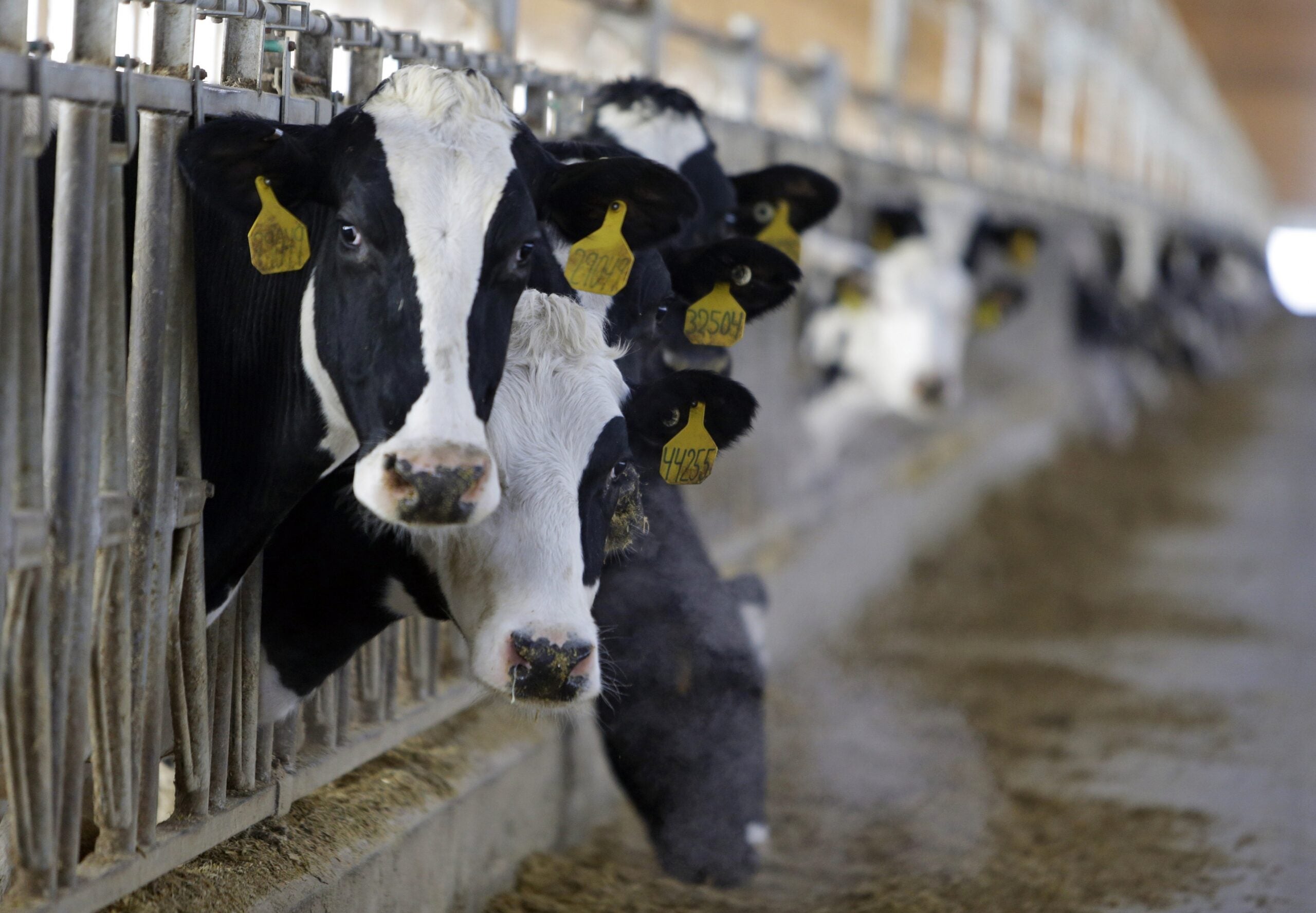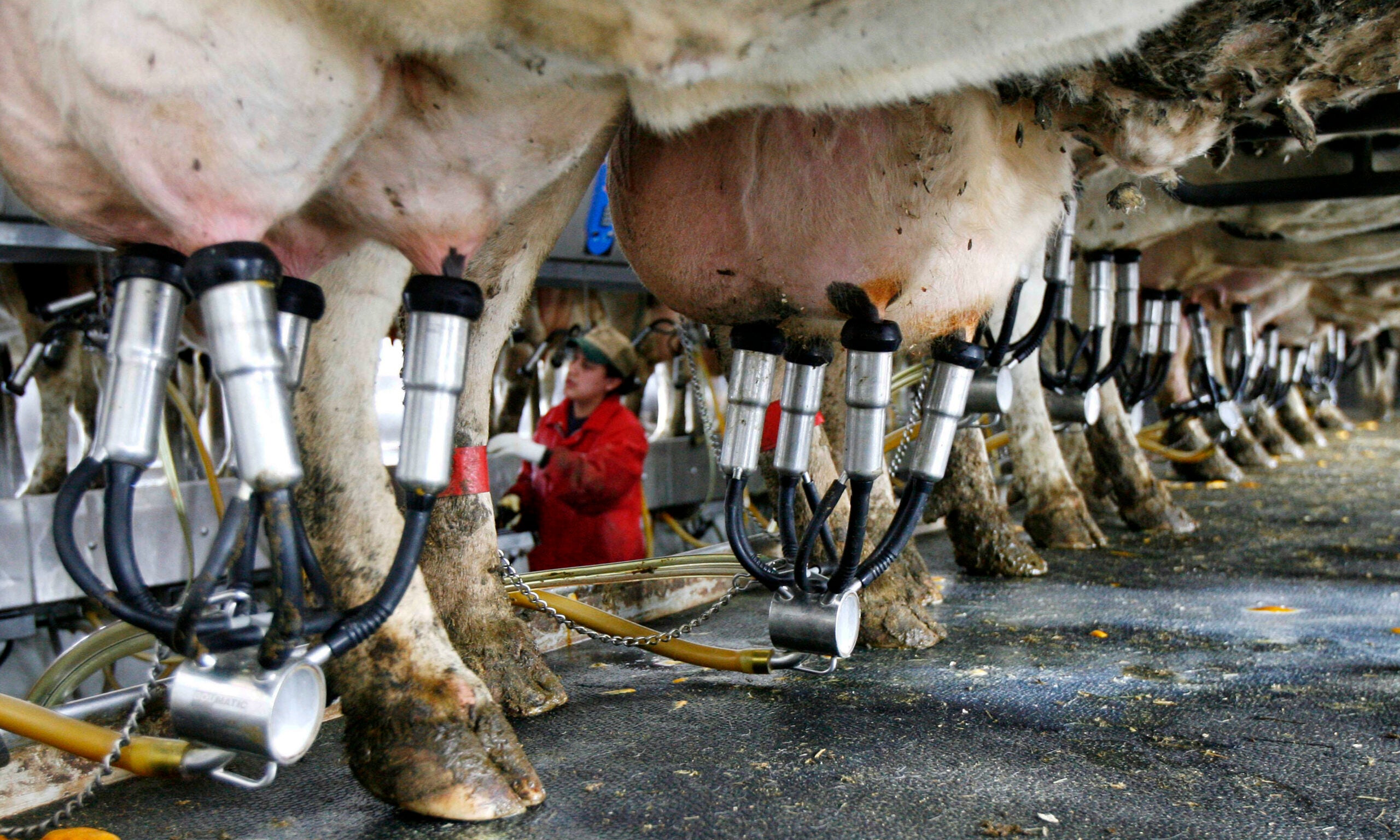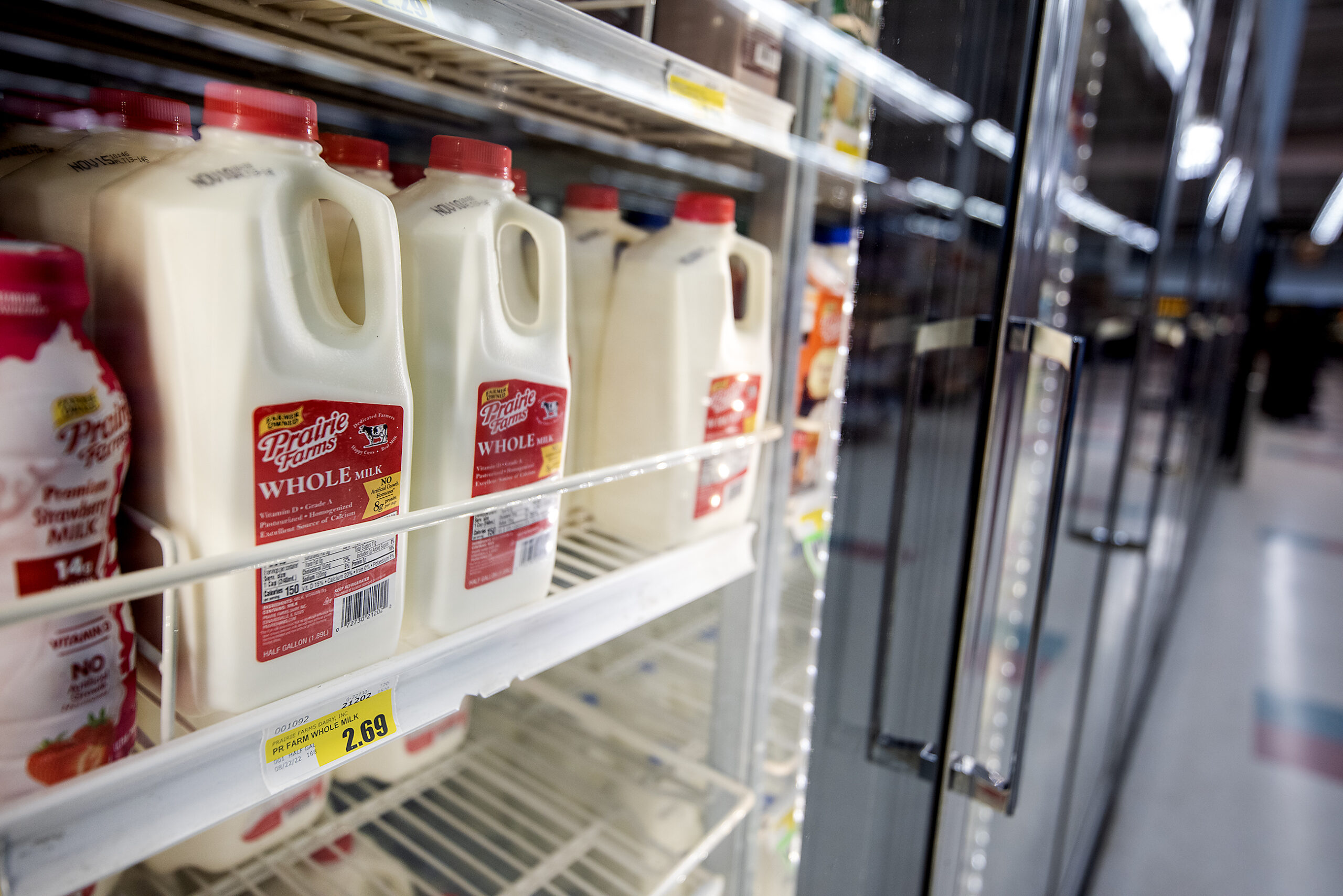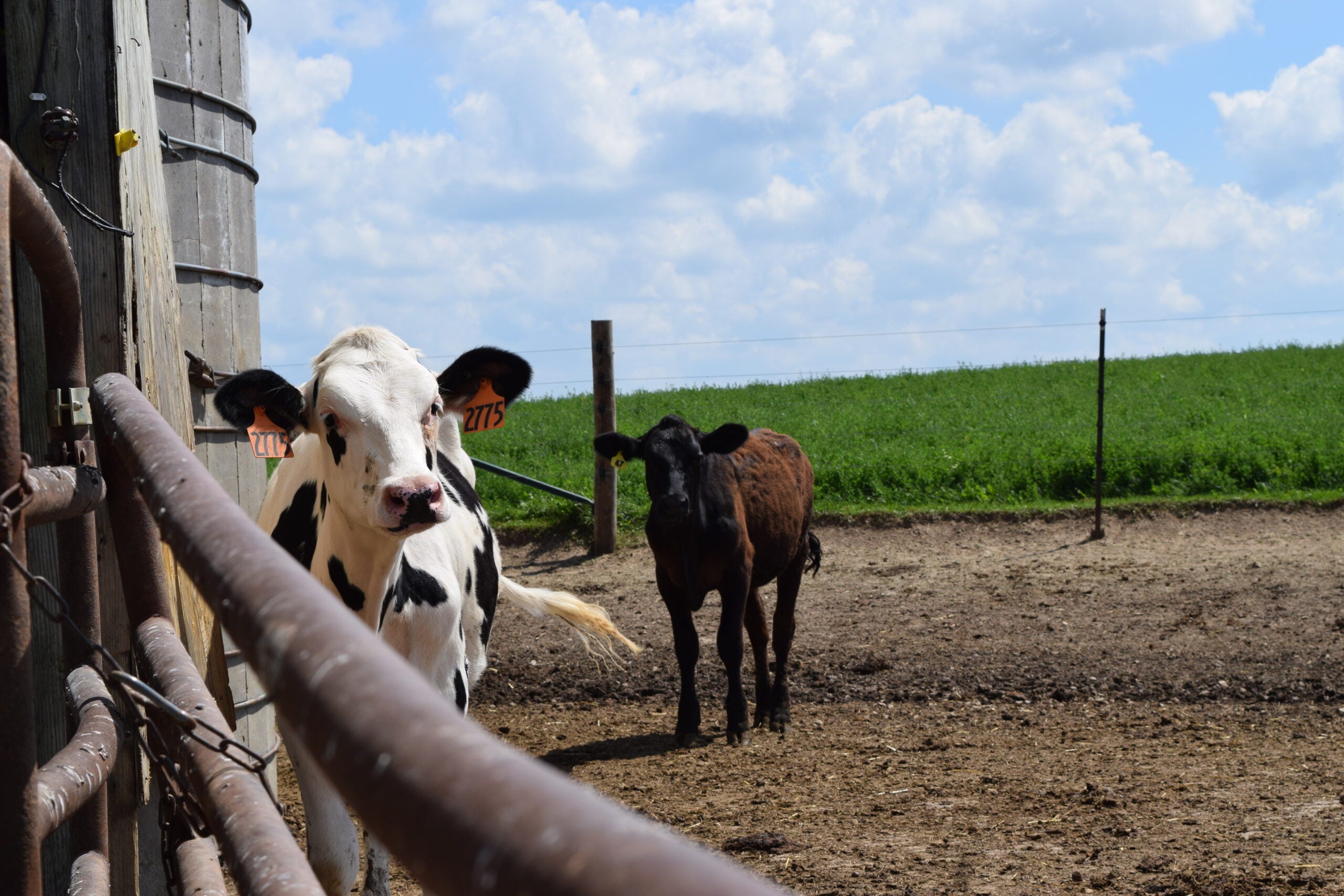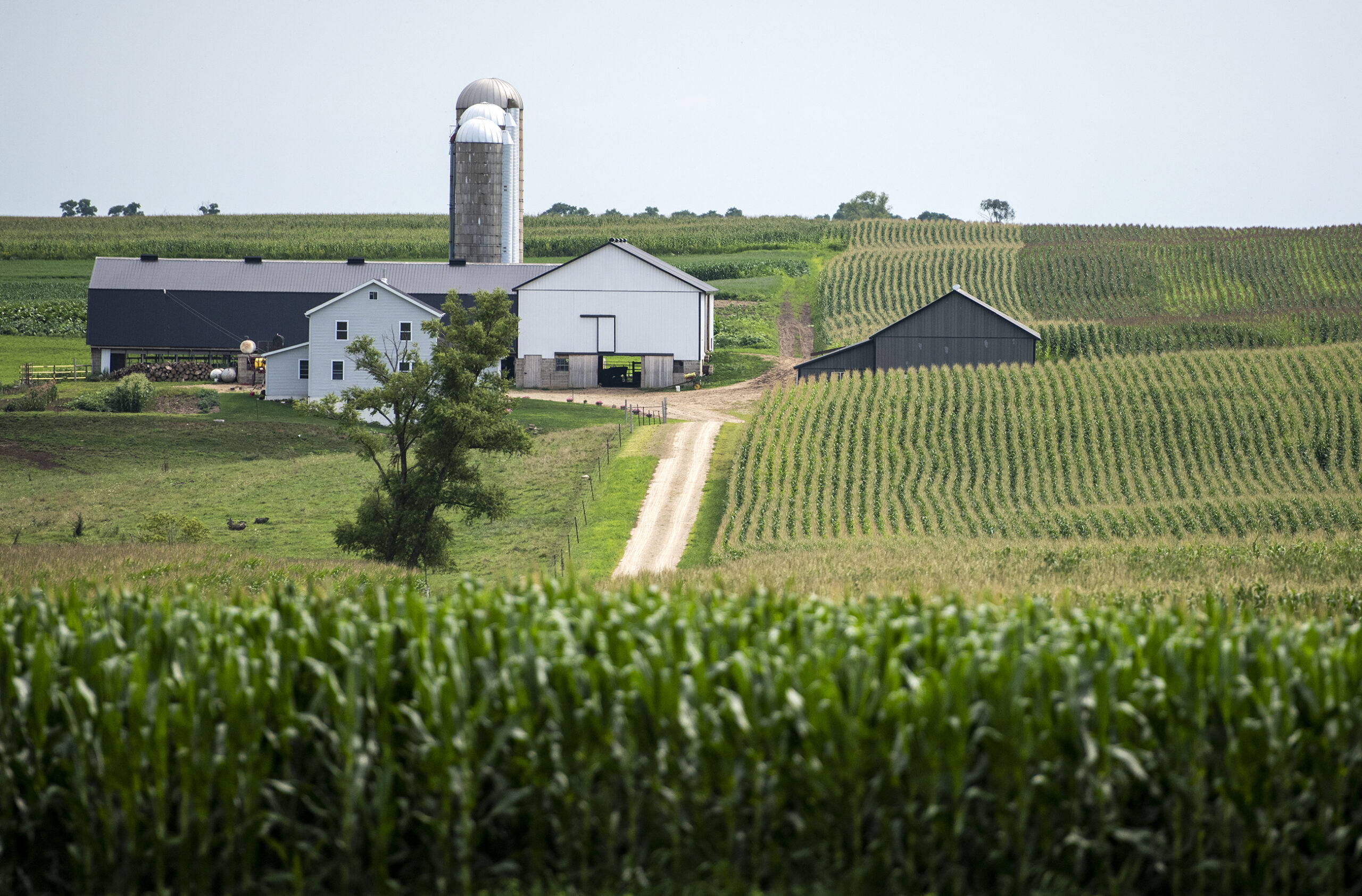Dairy organizations in Wisconsin say the U.S. Department of Agriculture hasn’t done enough to help dairy farmers suffering from the effects of increased tariffs.
The National Milk Producers Federation sent a letter to USDA Secretary Sonny Perdue this week saying the agency’s new program to help farmers impacted by retaliatory tariffs, called the Market Facilitation Program, has done little to compensate for lost sales and lower milk prices.
The USDA announced last month it would pay dairy farmers 12 cents per hundredweight, or 100 pounds of milk, on half of this year’s production. The agency estimates that will equal about $127 million in direct payments to farmers.
Stay informed on the latest news
Sign up for WPR’s email newsletter.
But the National Milk Producers Federation points to a USDA estimate that increased tariffs have caused 2018 prices to drop 70 cents per hundredweight, a decline that will amount to more than $1 billion in lost income for dairy farmers this year.
“When you’re comparing what’s been done and what the impact has been, that’s why we’re continuing to work and tell the administration that we need to do something there, because dairy farmers are really being adversely affected,” said Jeff Lyon, general manager of the FarmFirst Dairy Cooperative, which is a NMPF member and based in Madison.
Mark Stephenson, director of dairy policy analysis at the University of Wisconsin-Madison, said the new United States-Mexico-Canada Agreement — the North American Free Trade Agreement replacement — was a positive step for the industry. But it hasn’t ended the retaliatory tariffs from Mexico on American cheese and other products.
“Those are starting now to have more of an impact,” Stephenson said. “The first couple of months, I think a number of people felt like we don’t want to disrupt our relationships that we have with trading partners for our cheese products. But as this continues to go on, it’s getting harder and harder to make that same kind of consolidation.”
Stephenson said a lack of progress on improving trade relations with China has also caused whey prices to decline this week.
As the USDA considers a second round of tariff mitigation payments for December, Lyon said dairy farmers hope to get a bigger piece of that funding.
But Stephenson said dairy farmers won’t see an improvement until the industry addresses the oversupply of milk that’s weighing down prices.
“It’s important for us to acknowledge that it’s not just a trade negotiation problem that we have,” Stephenson said. “We also have a U.S. domestic market that’s well supplied with dairy products and we‘ve got a world market that feels like it’s certainly got as much as it wants.”
He said it’s unlikely that the world dairy industry will increase sales enough to outweigh the current supply. So dairy producers will have to slow down milk production if they want to see a real improvement to prices.
Wisconsin Public Radio, © Copyright 2024, Board of Regents of the University of Wisconsin System and Wisconsin Educational Communications Board.

